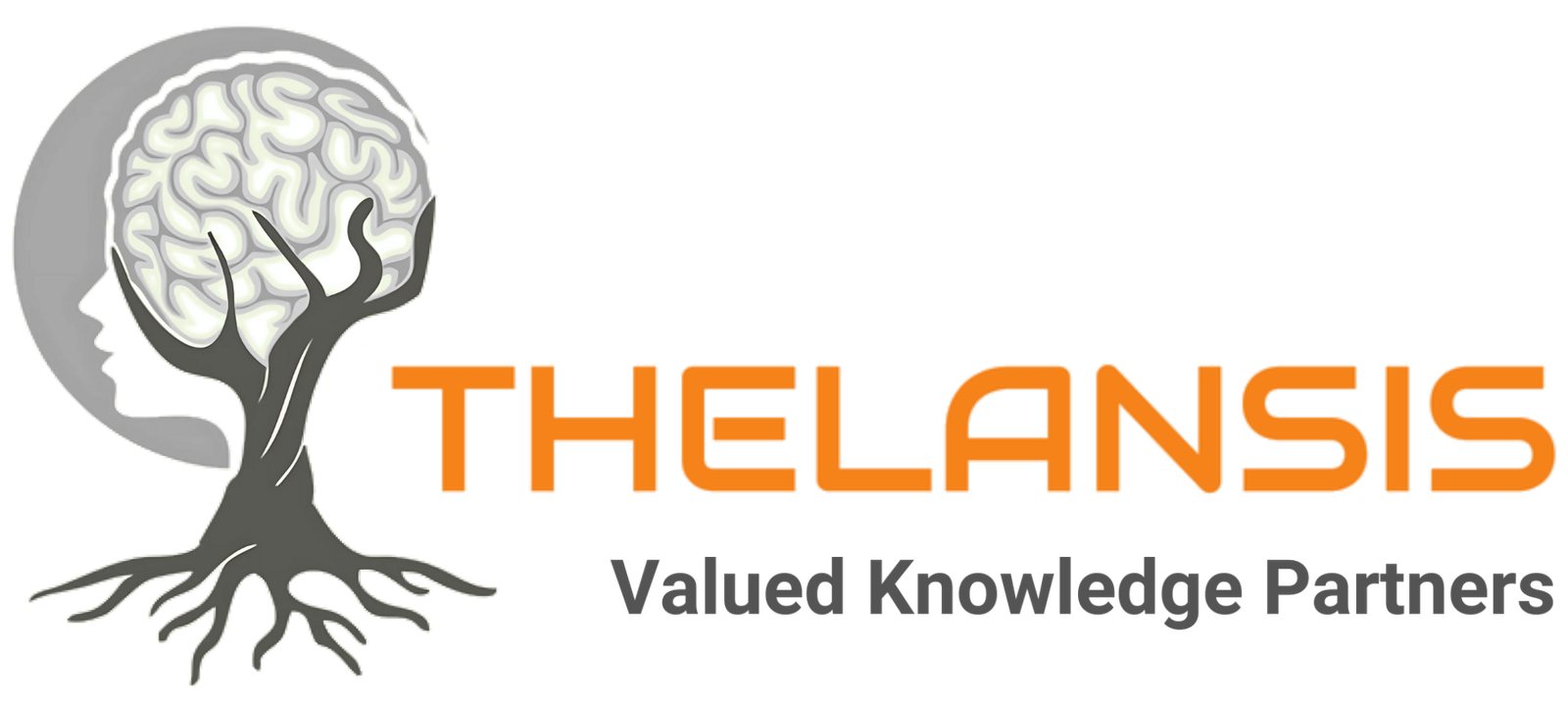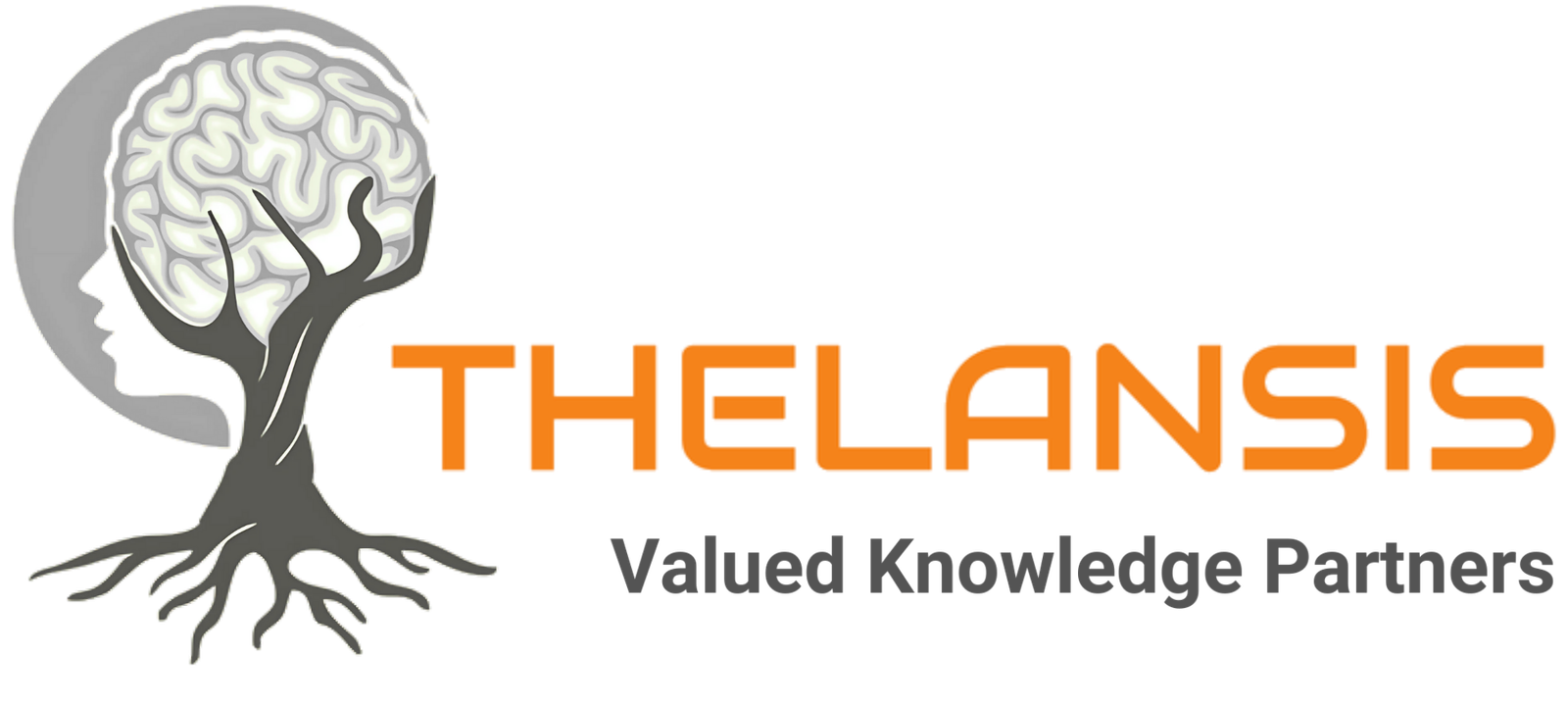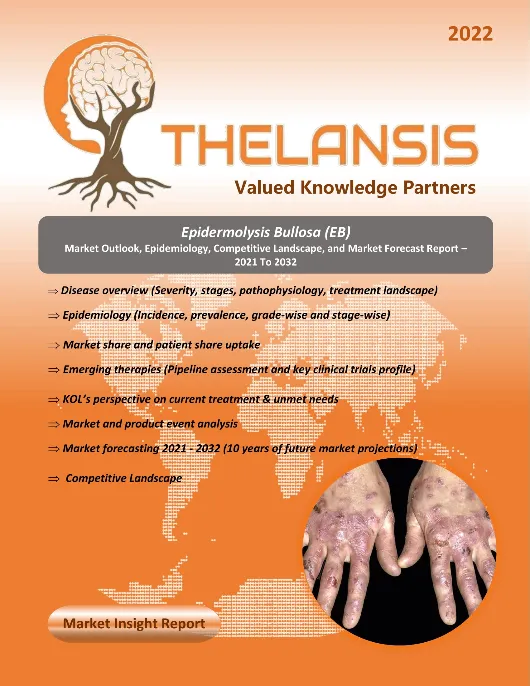Prader-Willi Syndrome (PWS) – Market Outlook, Epidemiology, Competitive Landscape, and Market Forecast Report – 2024 To 2034
- Published Date : November 22, 2024
- Updated On : July 15, 2025
- Pages : 154
Prader-Willi Syndrome (PWS) Market Outlook
Thelansis’s “Prader-Willi Syndrome (PWS) Market Outlook, Epidemiology, Competitive Landscape, and Market Forecast Report – 2024 To 2034” covers disease overview, epidemiology, drug utilization, prescription share analysis, competitive landscape, clinical practice, regulatory landscape, patient share, market uptake, market forecast, and key market insights under the potential Prader-Willi Syndrome treatment modalities options for eight major markets (USA, Germany, France, Italy, Spain, UK, Japan, and China).
Prader-Willi Syndrome (PWS) Overview
Prader-Willi Syndrome (PWS) is a rare genetic disorder affecting multiple body systems. It is caused by a deletion of genes on chromosome 15. Infants with PWS have weak muscle tone and feeding difficulties, which can lead to poor weight gain and growth. They also have distinctive facial features. Children with PWS are typically short, have small genitals, develop an excessive appetite, and lack satiety. This can lead to severe obesity if not managed carefully. Other associated endocrine abnormalities include growth hormone deficiency, hypogonadism, hypothyroidism, premature pubarche, and rarely corticotropin deficiency. Cognitive dysfunction is common in PWS, ranging from mild to moderate. Children with PWS may have learning disabilities, impaired speech and language development, and emotional control difficulties. The syndrome may also result in comorbidities such as diabetes, sleep-related breathing disorders, gastrointestinal problems, and infections. Early genetic testing and multidisciplinary care are essential for individuals with PWS. Growth hormone treatment is a key component of treatment, as it can stabilize body mass index, improve linear growth and cognitive development, and reduce comorbidities. While full autonomy cannot be reached, growth hormone treatment can help individuals with PWS lead better lives.
Geography coverage:
G8 (United States, EU5 [France, Germany, Italy, Spain, U.K.], Japan, and China)
Insights driven by robust research, including:
- In-depth interviews with leading KOLs and payers
- Physician surveys
- RWE analysis for claims and EHR datasets
- Secondary research (e.g., peer-reviewed journal articles, third-party research databases)
Deliverables format and updates*:
- Detailed Report (PDF)
- Market Forecast Model (MS Excel-based automated dashboard)
- Epidemiology (MS Excel; interactive tool)
- Executive Insights (PowerPoint presentation)
- Others: regular updates, customizations, consultant support
*As per Thelansis’s policy, we ensure that we include all the recent updates before releasing the report content and market model.
Salient features of Market Forecast model:
- 10-year market forecast (2024–2034)
- Bottom-up patient-based market forecasts validated through the top-down sales methodology
- Covers clinically and commercially-relevant patient populations/ line of therapies
- Annualized drug-level sales and patient share projections
- Utilizes our proprietary Epilansis and Analog tool (e.g., drug uptake and erosion) datasets and conjoint analysis approach
- Detailed methodology/sources & assumptions
- Graphical and tabular outputs
- Users can customize the model based on requirements
Key business questions answered:
- How can drug development and lifecycle management strategies be optimized across G8 markets (US, EU5, Japan, and China)?
- How large is the patient population in terms of incidence, prevalence, segments, and those receiving drug treatments?
- What is the 10-year market outlook for sales and patient share?
- Which events will have the greatest impact on the market’s trajectory?
- What insights do interviewed experts provide on current and emerging treatments?
- Which pipeline products show the most promise, and what is their potential for launch and future positioning?
- What are the key unmet needs and KOL expectations for target profiles?
- What key regulatory and payer requirements must be met to secure drug approval and favorable market access?
- and more…
Prader-Willi Syndrome (PWS) Market Outlook
Thelansis’s “Prader-Willi Syndrome (PWS) Market Outlook, Epidemiology, Competitive Landscape, and Market Forecast Report – 2024 To 2034” covers disease overview, epidemiology, drug utilization, prescription share analysis, competitive landscape, clinical practice, regulatory landscape, patient share, market uptake, market forecast, and key market insights under the potential Prader-Willi Syndrome treatment modalities options for eight major markets (USA, Germany, France, Italy, Spain, UK, Japan, and China).
Prader-Willi Syndrome (PWS) Overview
Prader-Willi Syndrome (PWS) is a rare genetic disorder affecting multiple body systems. It is caused by a deletion of genes on chromosome 15. Infants with PWS have weak muscle tone and feeding difficulties, which can lead to poor weight gain and growth. They also have distinctive facial features. Children with PWS are typically short, have small genitals, develop an excessive appetite, and lack satiety. This can lead to severe obesity if not managed carefully. Other associated endocrine abnormalities include growth hormone deficiency, hypogonadism, hypothyroidism, premature pubarche, and rarely corticotropin deficiency. Cognitive dysfunction is common in PWS, ranging from mild to moderate. Children with PWS may have learning disabilities, impaired speech and language development, and emotional control difficulties. The syndrome may also result in comorbidities such as diabetes, sleep-related breathing disorders, gastrointestinal problems, and infections. Early genetic testing and multidisciplinary care are essential for individuals with PWS. Growth hormone treatment is a key component of treatment, as it can stabilize body mass index, improve linear growth and cognitive development, and reduce comorbidities. While full autonomy cannot be reached, growth hormone treatment can help individuals with PWS lead better lives.
Geography coverage:
G8 (United States, EU5 [France, Germany, Italy, Spain, U.K.], Japan, and China)
Insights driven by robust research, including:
- In-depth interviews with leading KOLs and payers
- Physician surveys
- RWE analysis for claims and EHR datasets
- Secondary research (e.g., peer-reviewed journal articles, third-party research databases)
Deliverables format and updates*:
- Detailed Report (PDF)
- Market Forecast Model (MS Excel-based automated dashboard)
- Epidemiology (MS Excel; interactive tool)
- Executive Insights (PowerPoint presentation)
- Others: regular updates, customizations, consultant support
*As per Thelansis’s policy, we ensure that we include all the recent updates before releasing the report content and market model.
Salient features of Market Forecast model:
- 10-year market forecast (2024–2034)
- Bottom-up patient-based market forecasts validated through the top-down sales methodology
- Covers clinically and commercially-relevant patient populations/ line of therapies
- Annualized drug-level sales and patient share projections
- Utilizes our proprietary Epilansis and Analog tool (e.g., drug uptake and erosion) datasets and conjoint analysis approach
- Detailed methodology/sources & assumptions
- Graphical and tabular outputs
- Users can customize the model based on requirements
Key business questions answered:
- How can drug development and lifecycle management strategies be optimized across G8 markets (US, EU5, Japan, and China)?
- How large is the patient population in terms of incidence, prevalence, segments, and those receiving drug treatments?
- What is the 10-year market outlook for sales and patient share?
- Which events will have the greatest impact on the market’s trajectory?
- What insights do interviewed experts provide on current and emerging treatments?
- Which pipeline products show the most promise, and what is their potential for launch and future positioning?
- What are the key unmet needs and KOL expectations for target profiles?
- What key regulatory and payer requirements must be met to secure drug approval and favorable market access?
- and more…
1. Key Findings and Analyst Commentary
- Key trends: market snapshots, SWOT analysis, commercial benefits and risk, etc..
2. Disease Context
- Disease definition, classification, etiology and pathophysiology, drug targets,etc.
3. Epidemiology
- Key takeaways
- Incidence / Prevalence
- Diagnosed and Drug-Treated populations
- Comorbidities
- Other relevant patient segments
4. Market Size and Forecast
- Key takeaways
- Market drivers and constraints
- Drug-class specific trends
- Country-specific trends
5. Competitive Landscape
- Current therapies
- Key takeaways
- Dx and Tx journey/algorithm
- Key current therapies – profiles and KOL insights
- Emerging therapies
- Key takeaways
- Notable late-phase emerging therapies – profiles, launch expectations, KOL insights
- Notable early-phase pipeline
6. Unmet Need and TPP Analysis
- Top unmet needs and future attainment by emerging therapies
- TPP analysis and KOL expectations
7. Regulatory and Reimbursement Environments (by country and payer insights)
8. Appendix (e.g., bibliography, methodology)
Table of contents (TOC)
1. Key Findings and Analyst Commentary
- Key trends: market snapshots, SWOT analysis, commercial benefits and risk, etc..
2. Disease Context
- Disease definition, classification, etiology and pathophysiology, drug targets,etc.
3. Epidemiology
- Key takeaways
- Incidence / Prevalence
- Diagnosed and Drug-Treated populations
- Comorbidities
- Other relevant patient segments
4. Market Size and Forecast
- Key takeaways
- Market drivers and constraints
- Drug-class specific trends
- Country-specific trends
5. Competitive Landscape
- Current therapies
- Key takeaways
- Dx and Tx journey/algorithm
- Key current therapies – profiles and KOL insights
- Emerging therapies
- Key takeaways
- Notable late-phase emerging therapies – profiles, launch expectations, KOL insights
- Notable early-phase pipeline
6. Unmet Need and TPP Analysis
- Top unmet needs and future attainment by emerging therapies
- TPP analysis and KOL expectations
7. Regulatory and Reimbursement Environments (by country and payer insights)
8. Appendix (e.g., bibliography, methodology)


